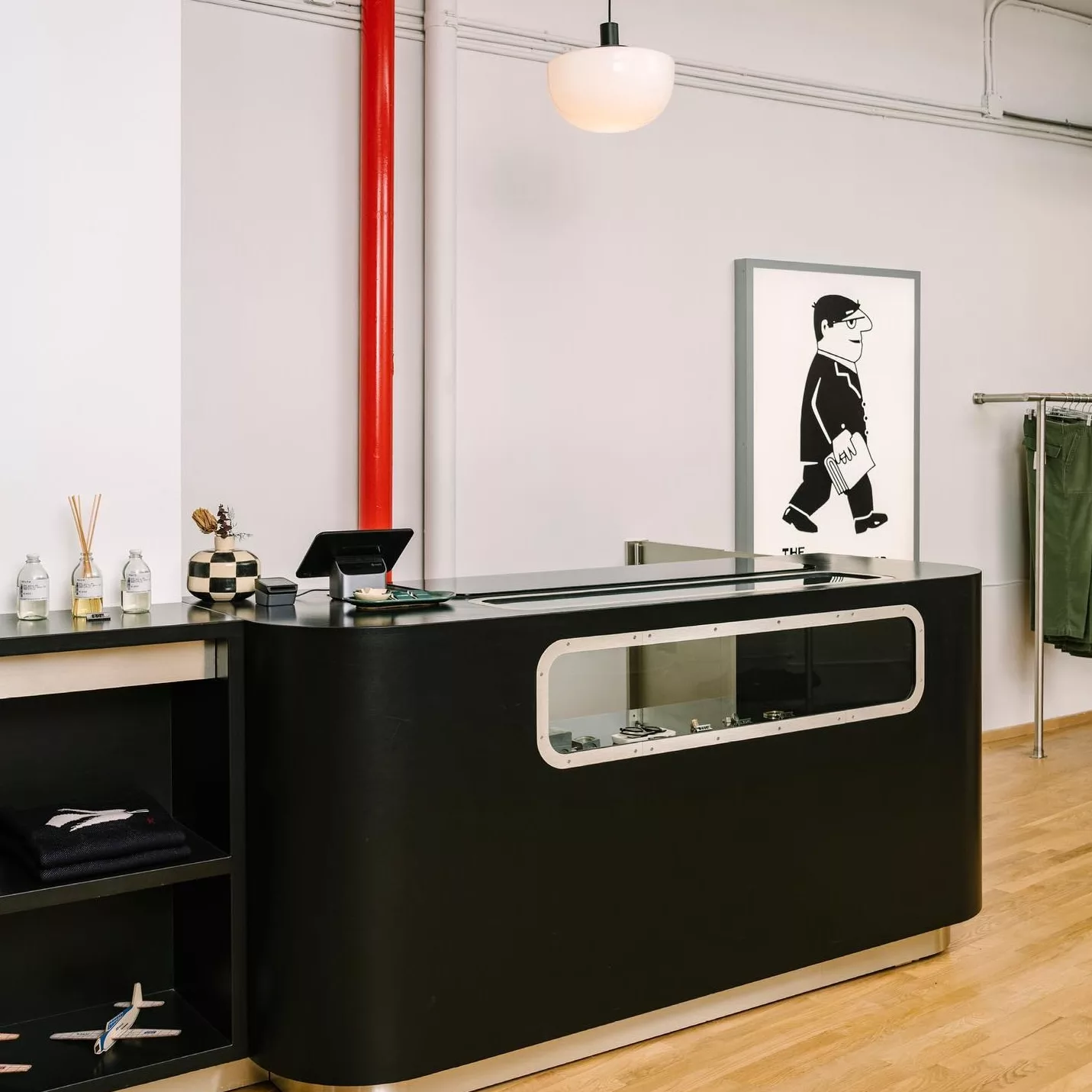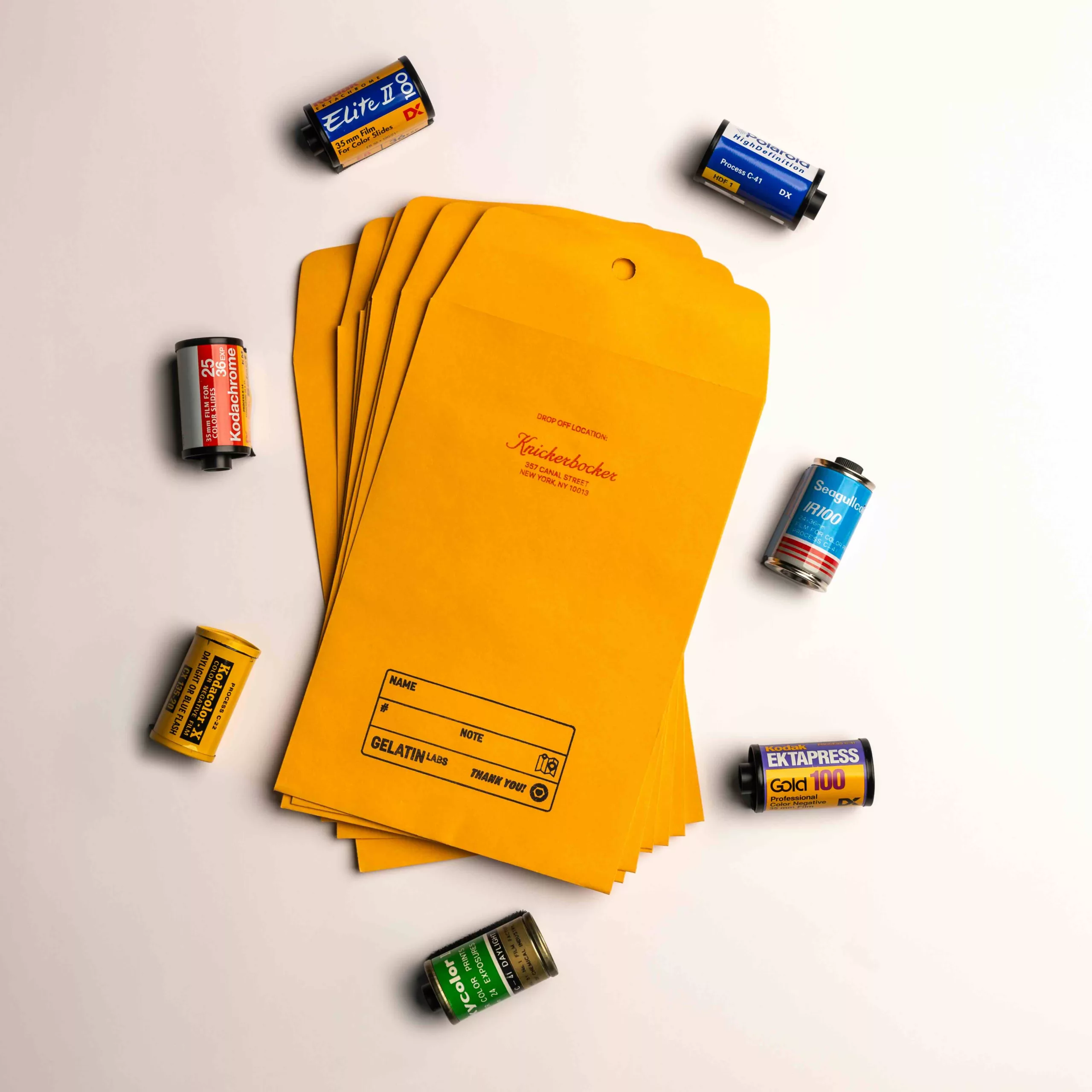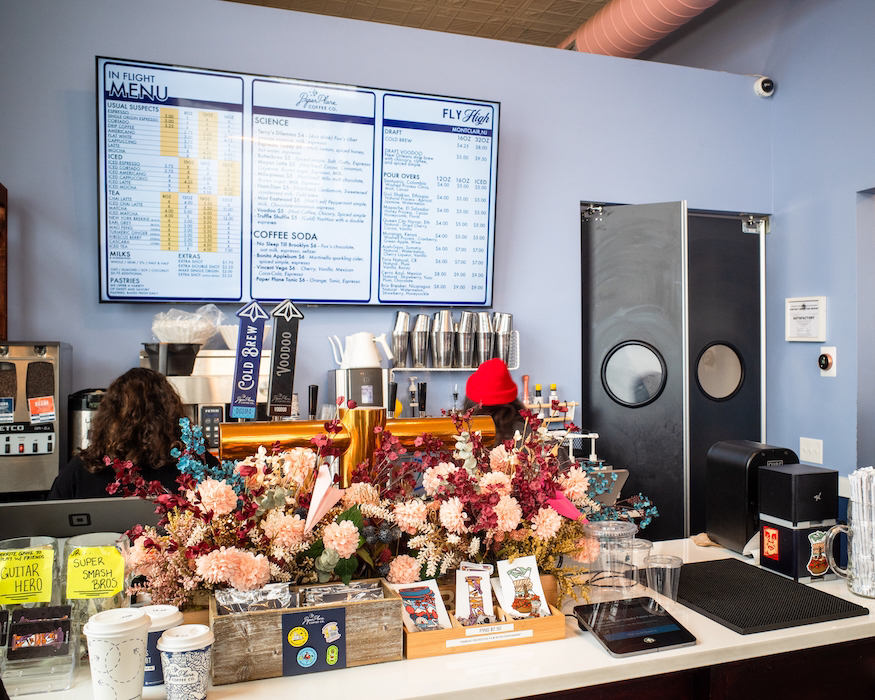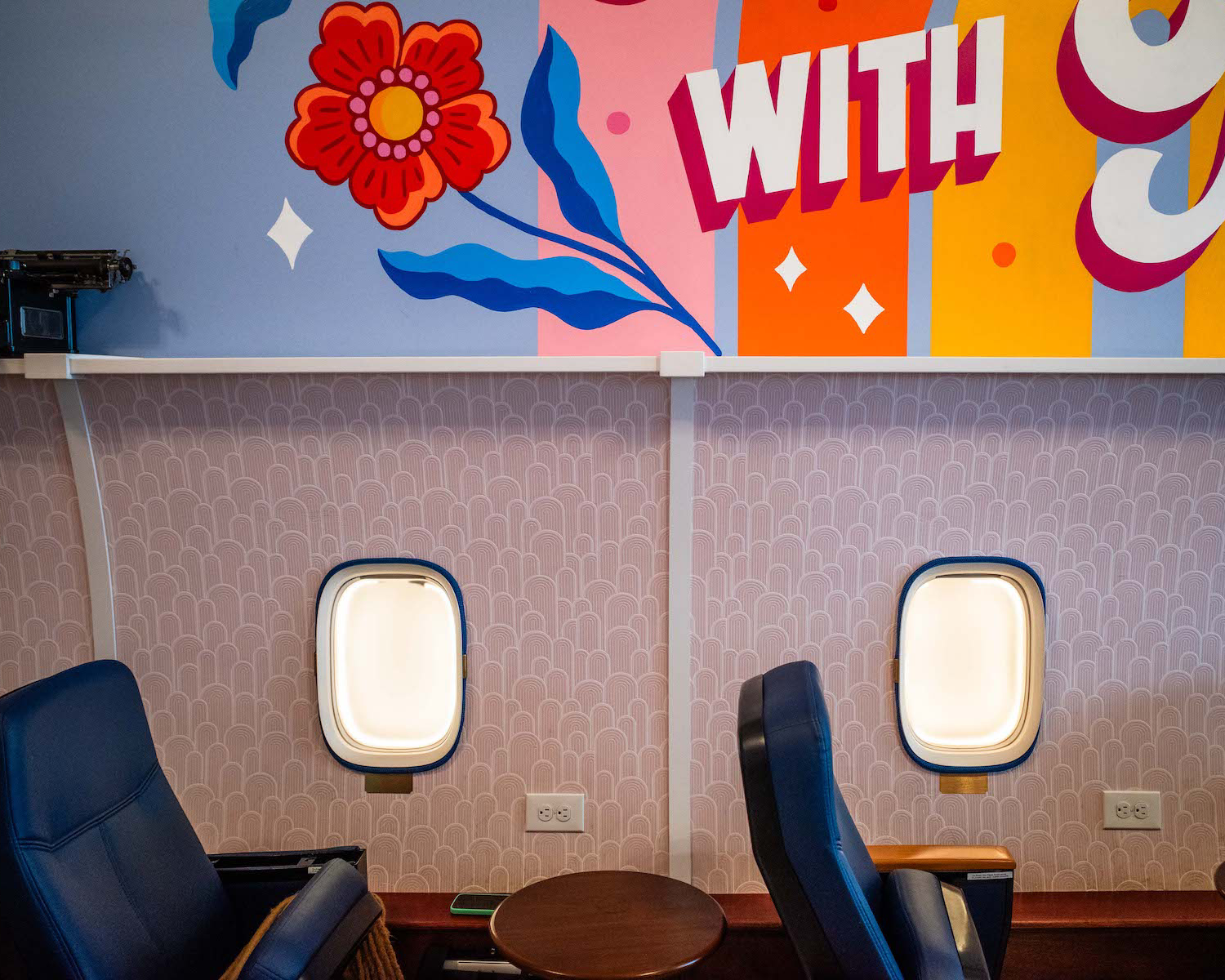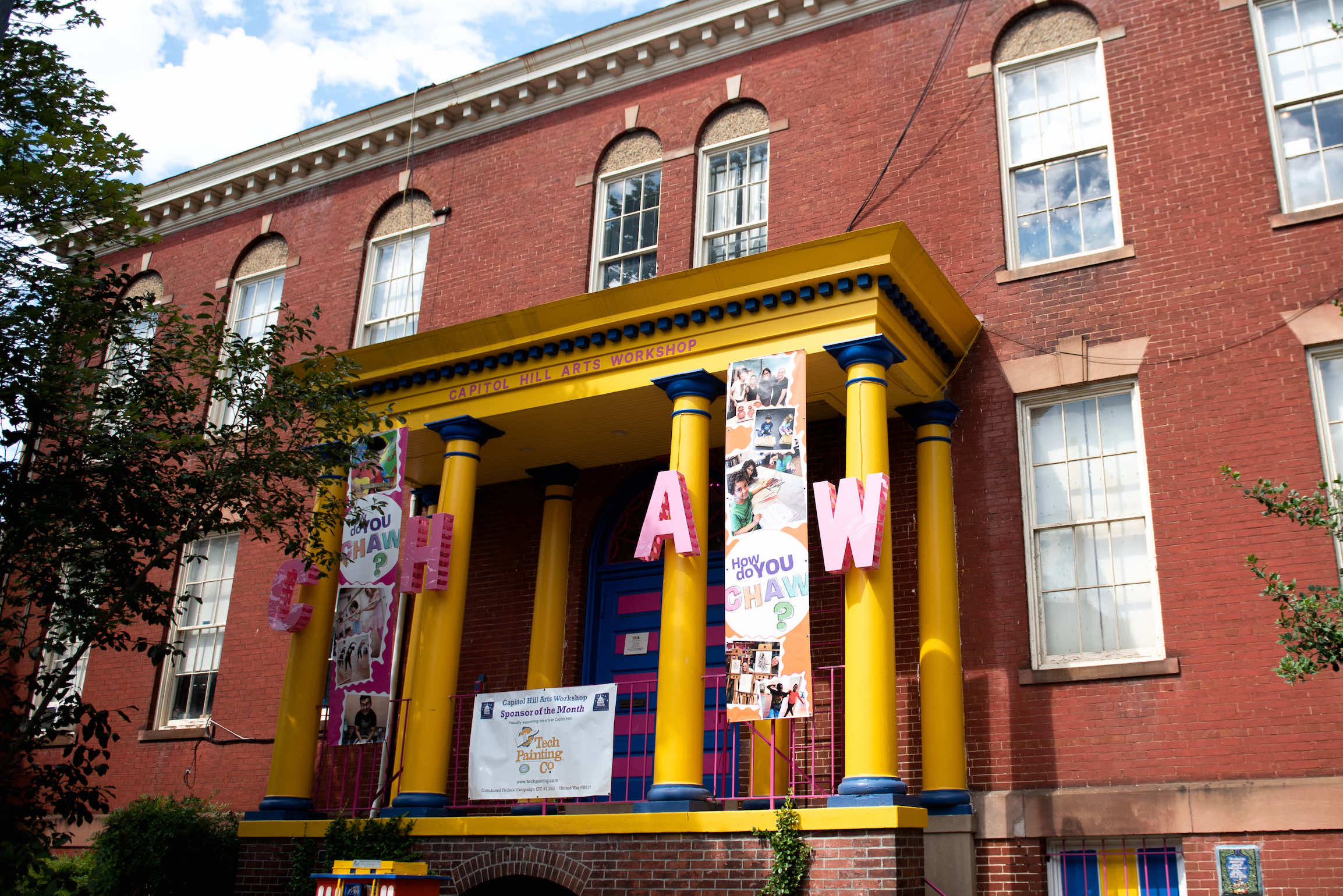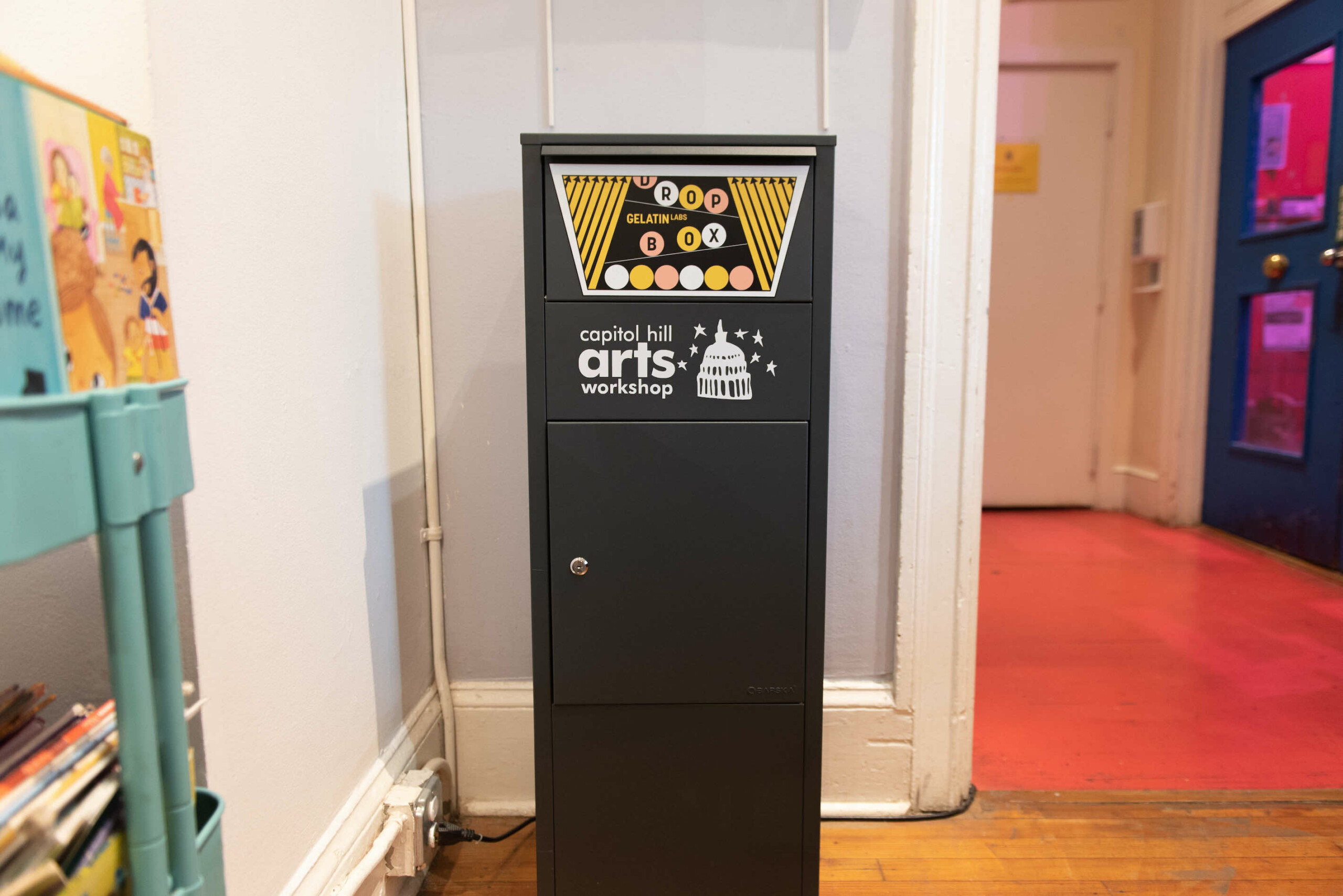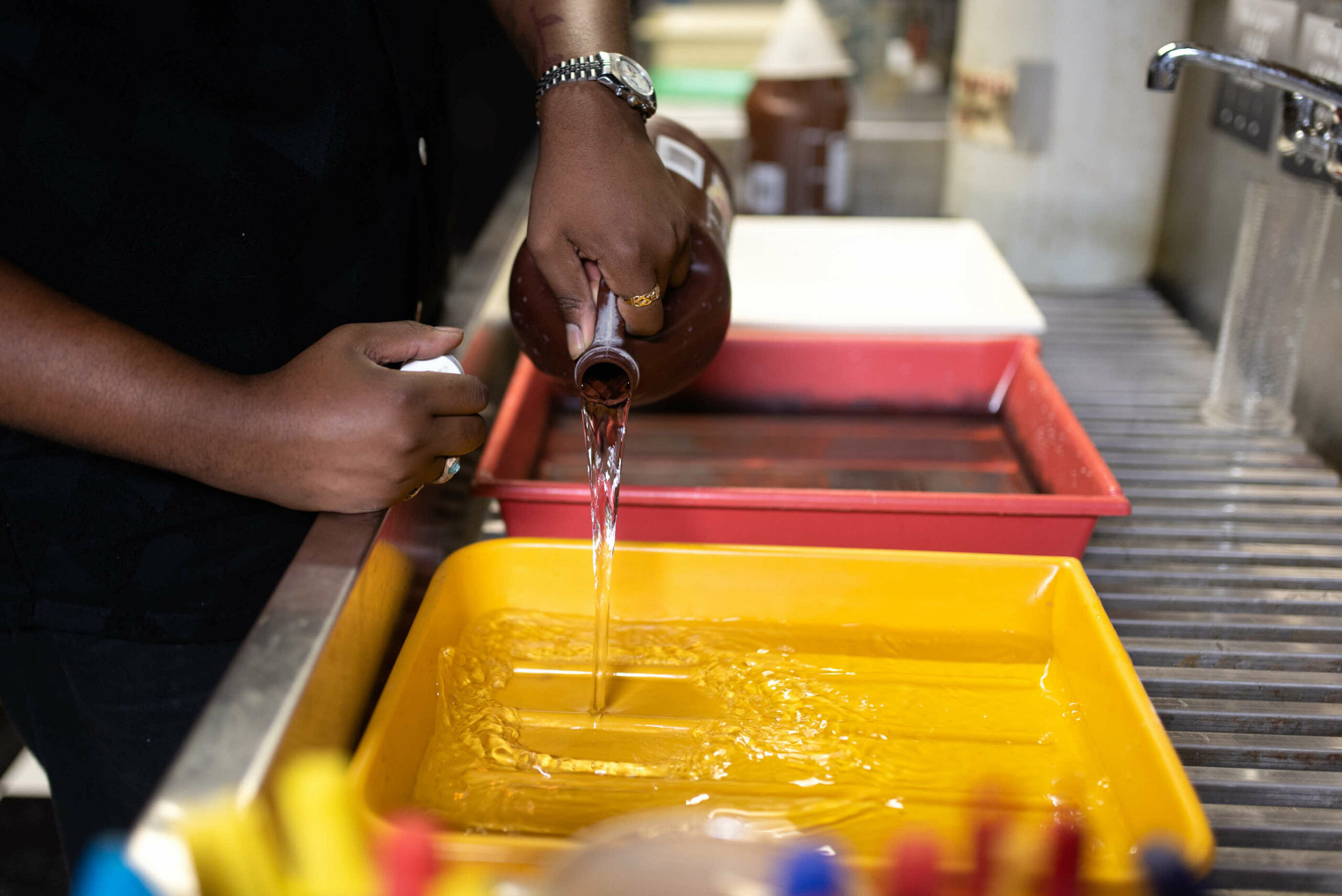
After dipping my toes into film medium format photography on a borrowed Hasselblad 500, I was hooked! But I found Hassy a little too cumbersome for my run-around style of shooting.
After some obligatory online research of medium format alternatives, I zeroed in on a Rolleiflex TLR. Honestly, I did not even know what TLR stood for before that. (For those like me, TLR stands for Twin Lens Reflex.) Rolleiflex is the most iconic of these type of cameras and it has not one but two lenses! The top one is a “viewing lens”( you see the image through the viewfinder) and the one below is a ”taking lens” (the lens the film actually is exposed through). Both lenses are the same focal length so the images are virtually identical. Some photographers asked me if you can tell the difference between what the “viewing lens” and the “taking lens” sees because one is above the other. The answer is both images look the same to me. Because of the two lens construction there is no mirror which has to move when you are taking a picture. You almost don’t hear a shutter — to a point where you wonder if you took a picture or not! After the thunderous Hasselblad SLR mirror thud or even the soft shutter sound of the rangefinder Leica M3, you are in for a pleasant surprise. Of course this makes Rolleiflex a discreet instrument for street photography.


I ended up getting a Rolleiflex 3.5f. This is a later model with a Carl Zeiss Planar 75mm F3.5 “taking” lens. The 75mm medium format lens is the equivalent of 42mm in 35mm film cameras. The lens is built into the camera and cannot be changed to another focal length. I bought the camera from a member of Rolleiflex Facebook group and it came in mint condition with a bright aftermarket Maxwell focusing screen. The original Rolleiflex focusing screen is a bit dim and is even dimmer in the corners of the frame, but the Maxwell is brighter, making it easier to focus. The focusing screen brightness has no effect on the picture image.
The Rolleiflex TLR has an amazing history and quite a pedigree! Rolleiflex 6×6 medium format cameras that take 120 medium format film date back to 1928, when Original Rolleiflex was manufactured in Germany by Franke & Heidecke. (Franke & Heidecke also produced a range of less expensive models named Rolleicord.)



The Rolleiflex 3.5f was made from 1958 till 1976. Another Rolleiflex, the more expensive 2.8f model, has a brighter 80mm f2.8 lens and was made from 1960 to 1990. The only difference between the 3.5f and the 2.8f is the lens focal lens and f stop.
There is no shortage of famous photographers who used Rolleiflexes for their work — Richard Avedon, Diane Arbus, Robert Capa, Vivian Maier and many more.
This is a very high bar, but it did not stop me from heading out on the street as soon as the mail carrier dropped off the camera! I got myself a mix of Portra 400 and 800 along with Fuji Pro 400H film and was ready to roll. I found the camera much lighter, smaller and more discreet on the street than the Hasselblad 500. Also it looks so vintage and different that people seemed more open to letting me take their picture, and some people even stopped me to ask about it.



The camera is easy to focus, and the viewfinder with the bright prism is a joy to use. The Rolleiflex 3.5f has a selenium light meter built into the camera. The camera has a manual exposure. The light meter is only used as a guideline, and I ended up using my external meter or an iPhone metering app instead. I found loading the Rollei easier than loading magazines on the Hasselblad. I did manage to screw up one roll on Rolleiflex by not threading it properly.


So far I’ve used my new camera in a local barbershop, Chinatown, Little Italy, Nolita and the subway. I’m finding it to be a perfect tool for the kind of photography I like to practice.

All images developed & scanned by Gelatin Labs
About the Author

Sasha Tsyrlin
Sasha is a film photographer & enthusiast who enjoys testing interesting cameras and sharing insights with the film community.

